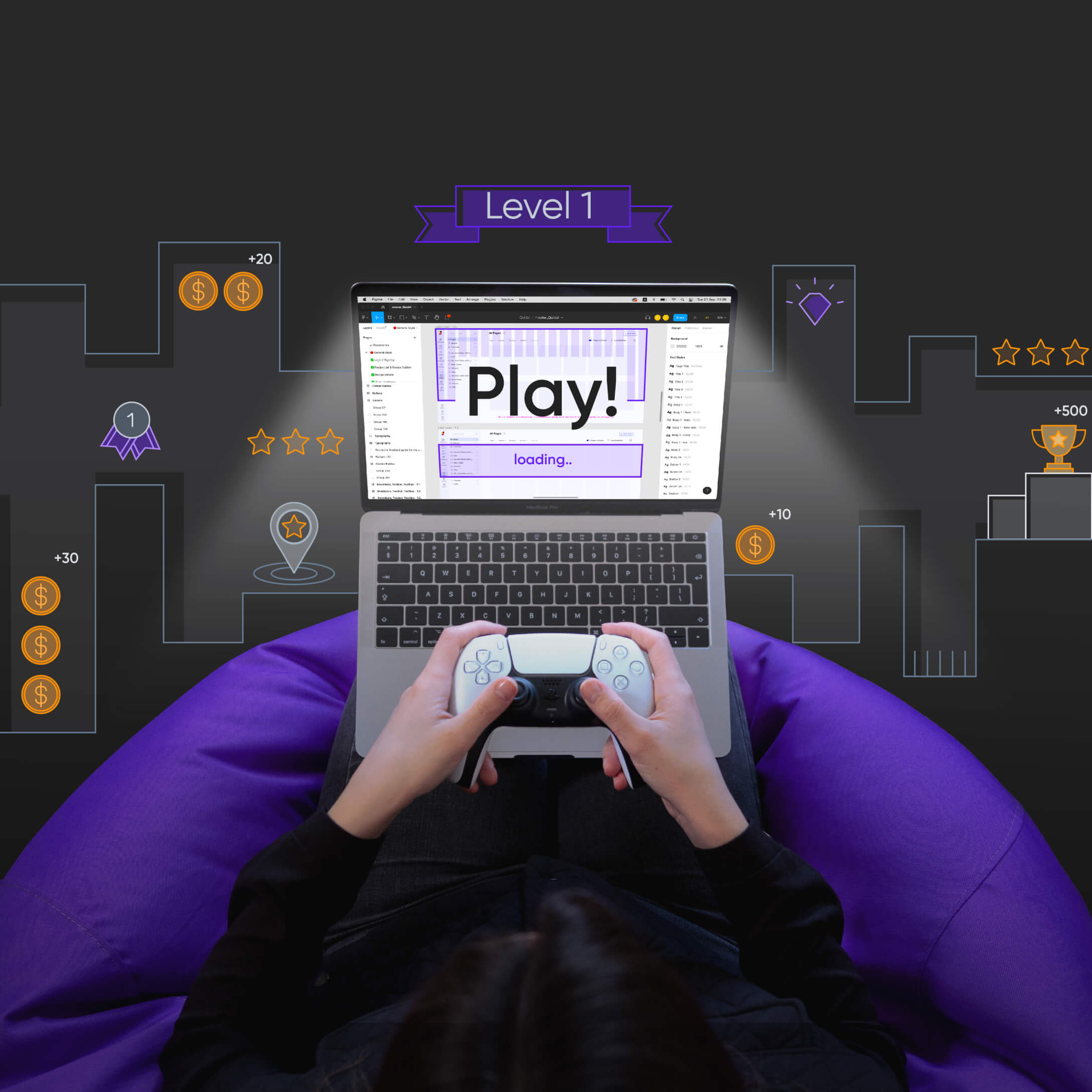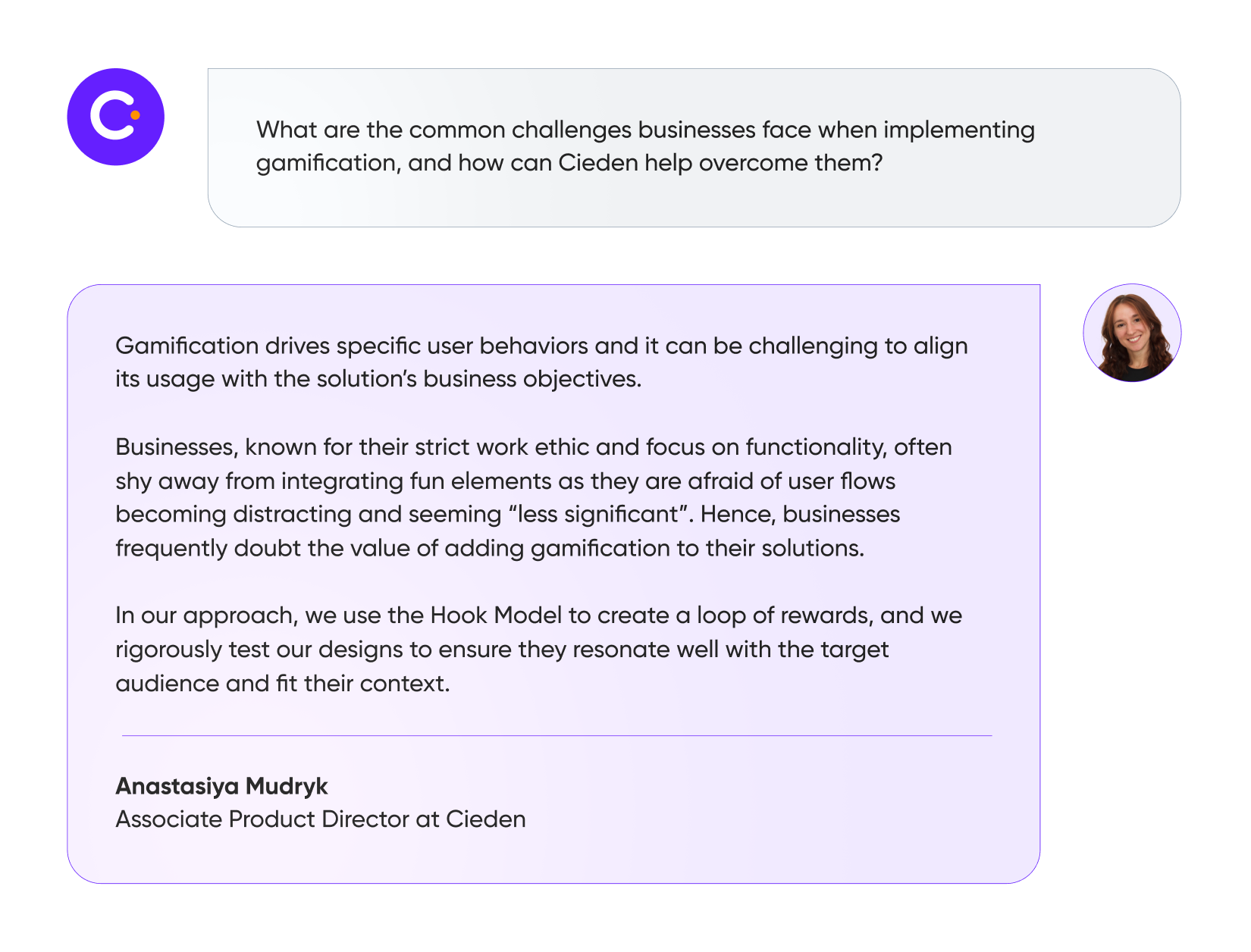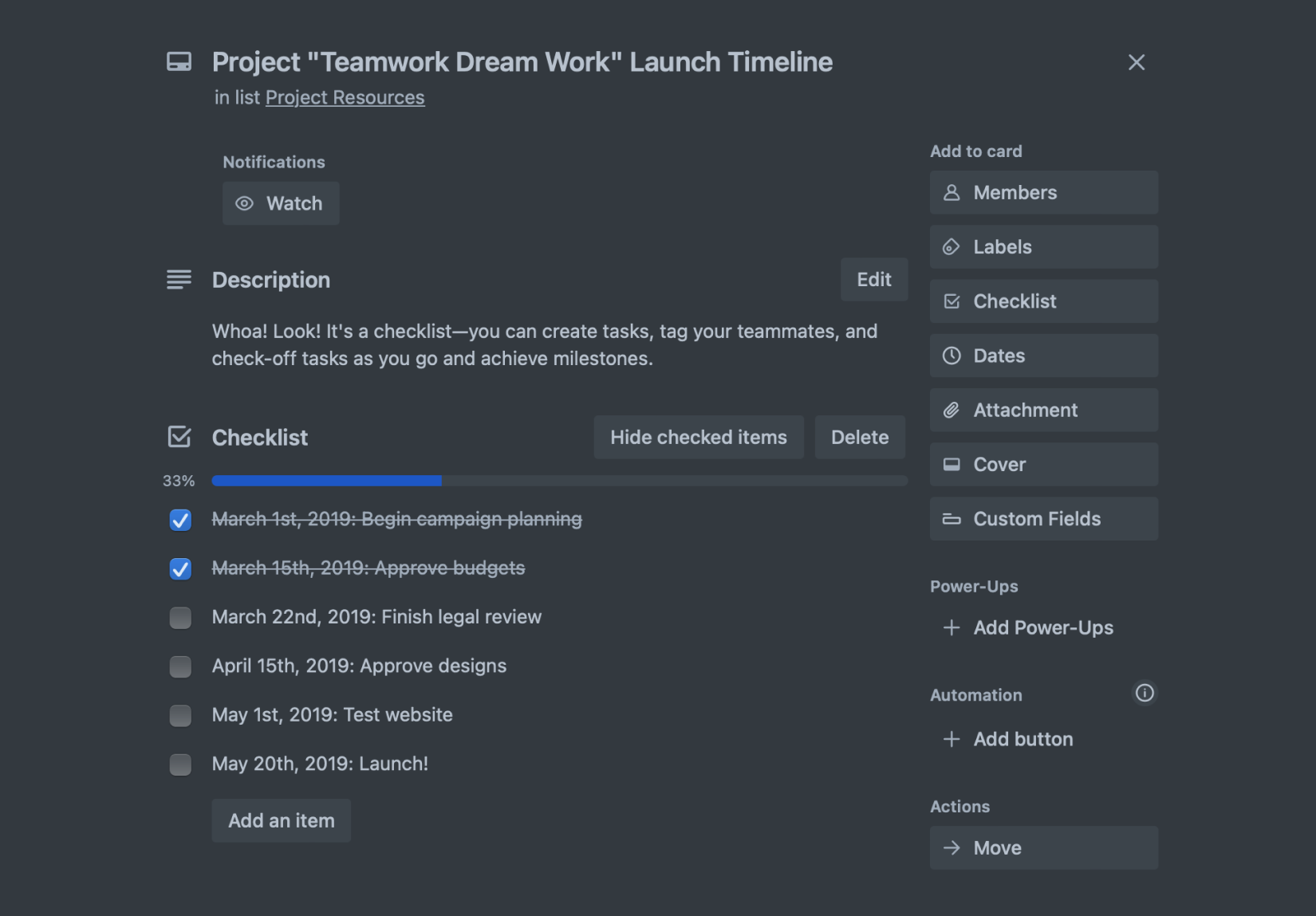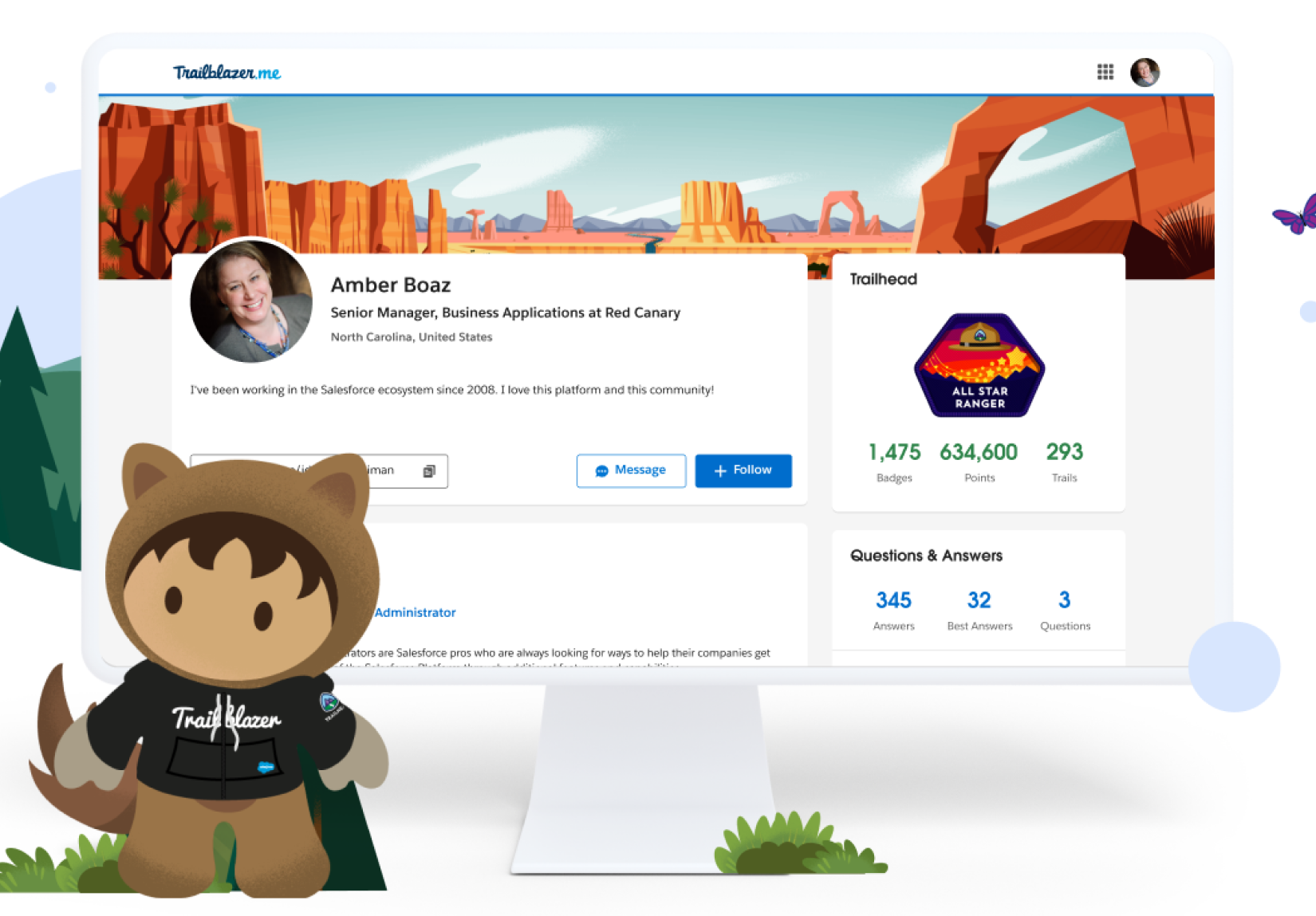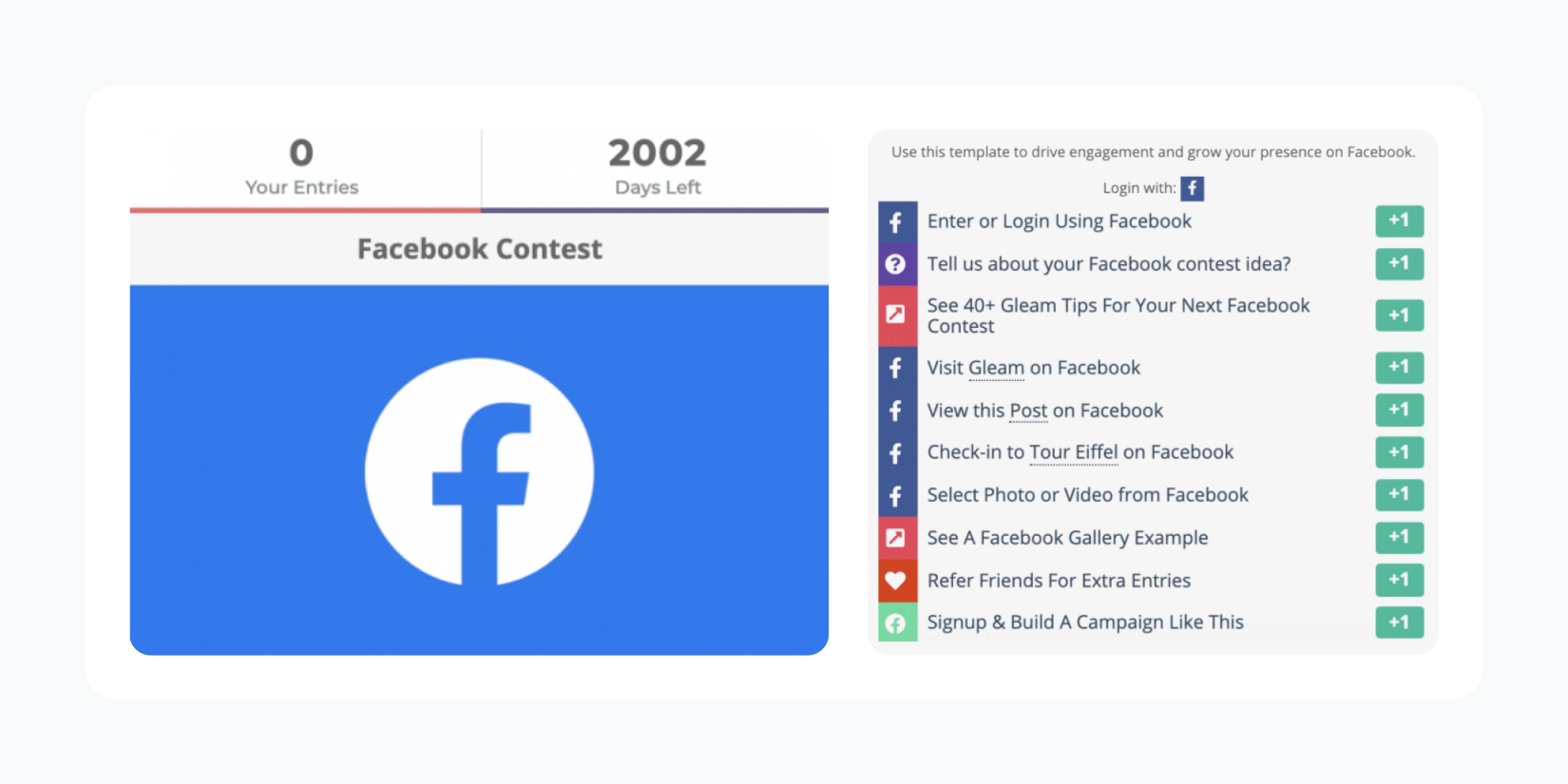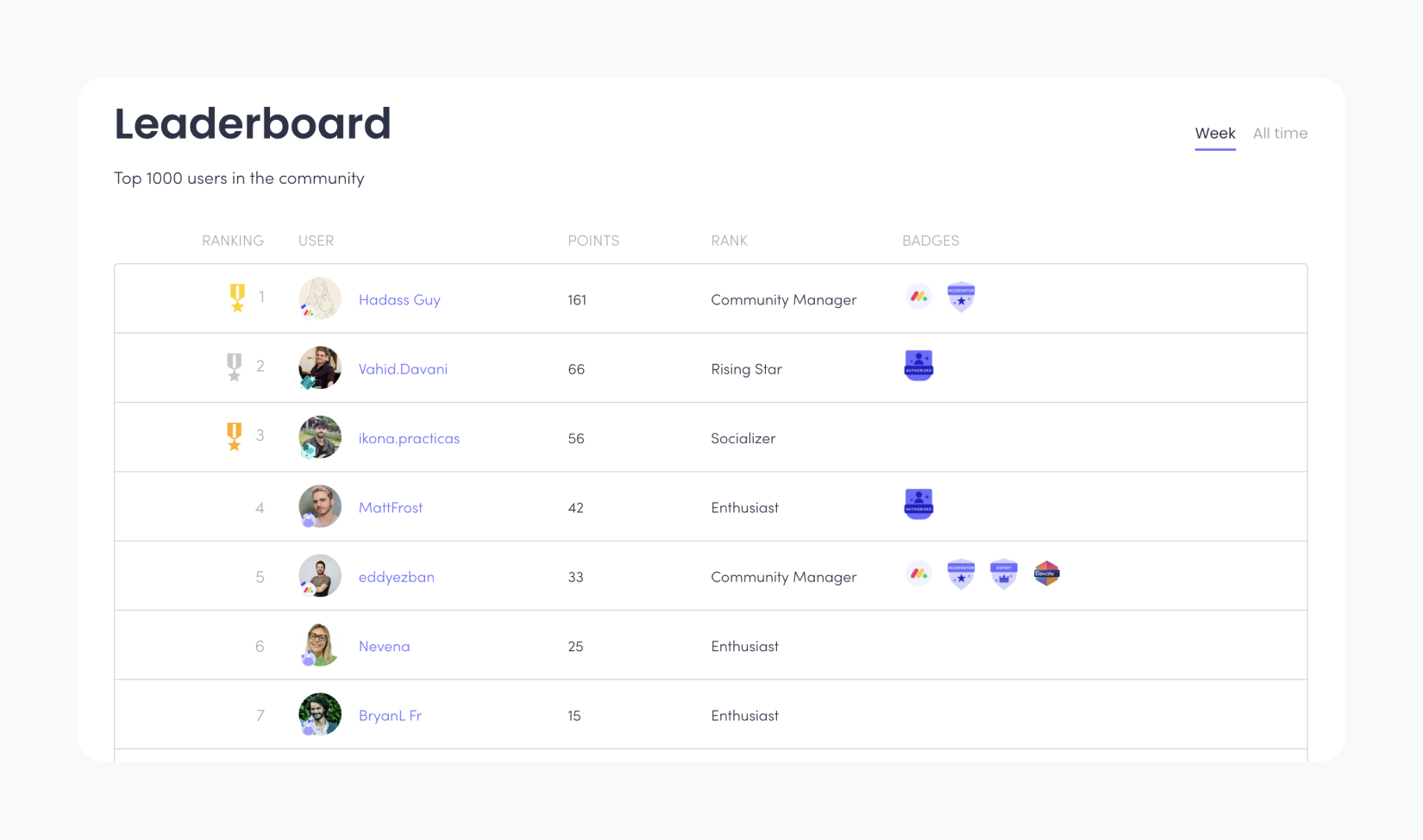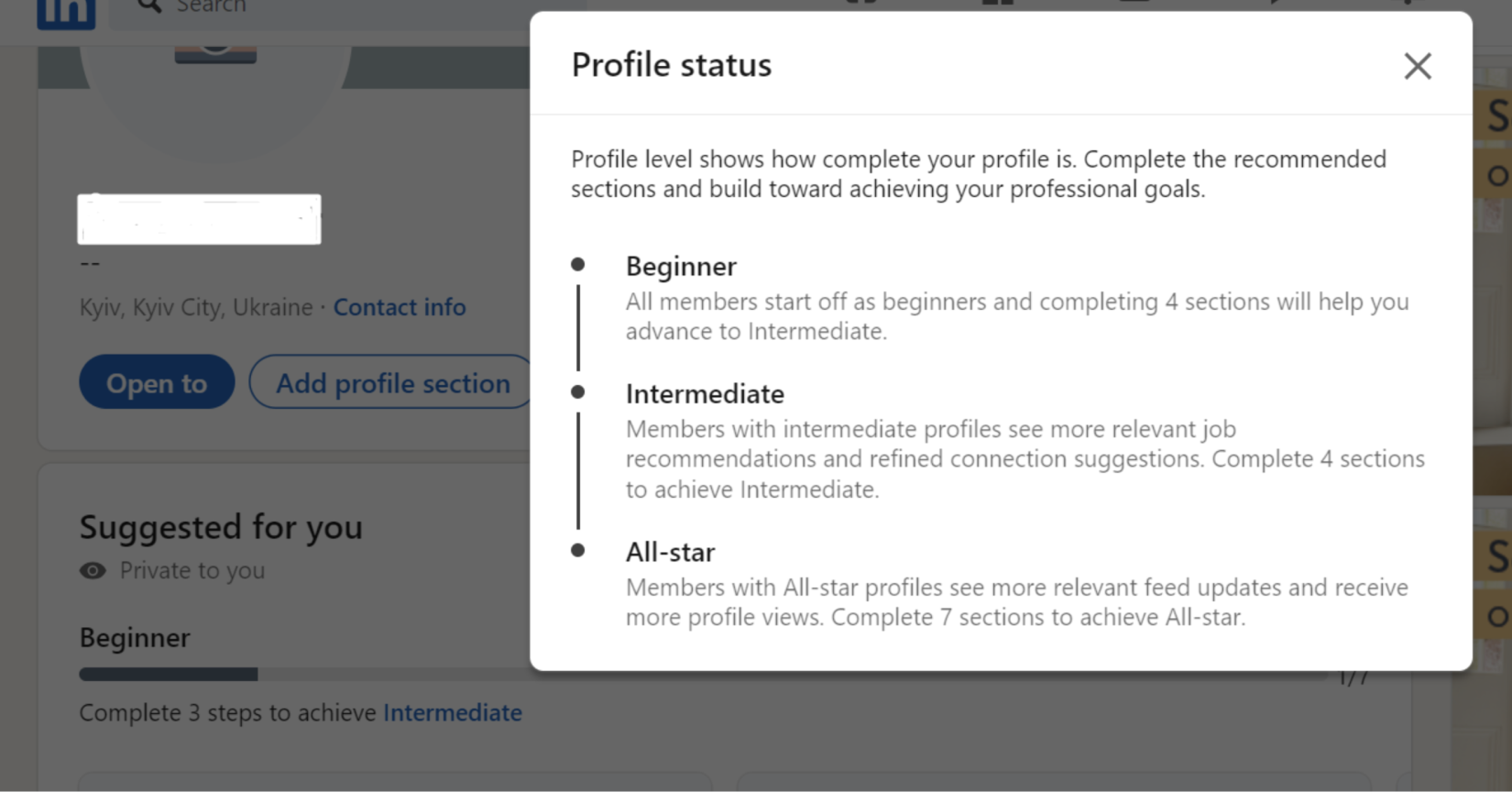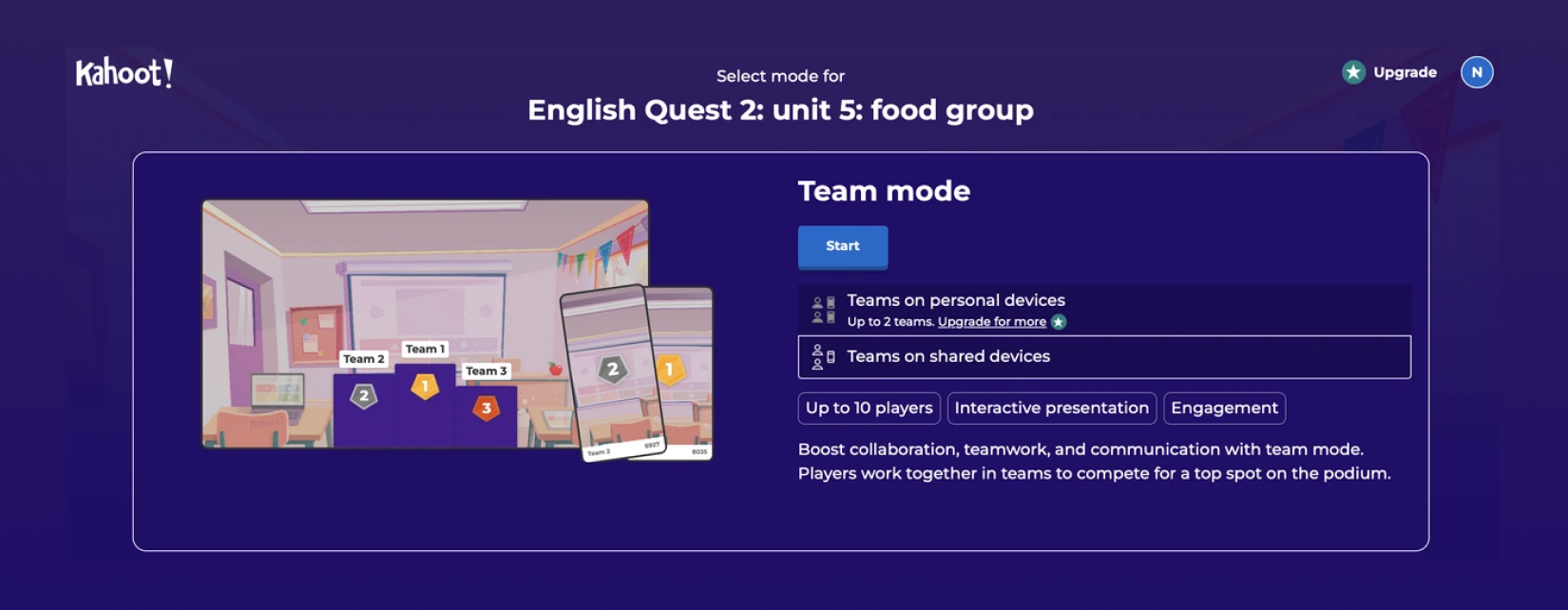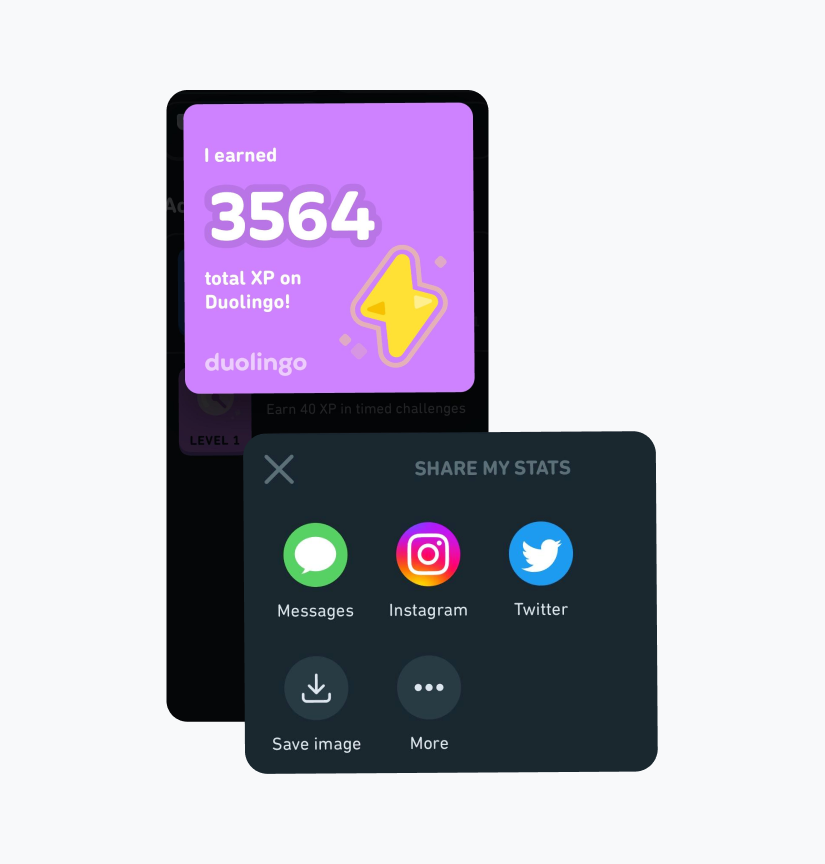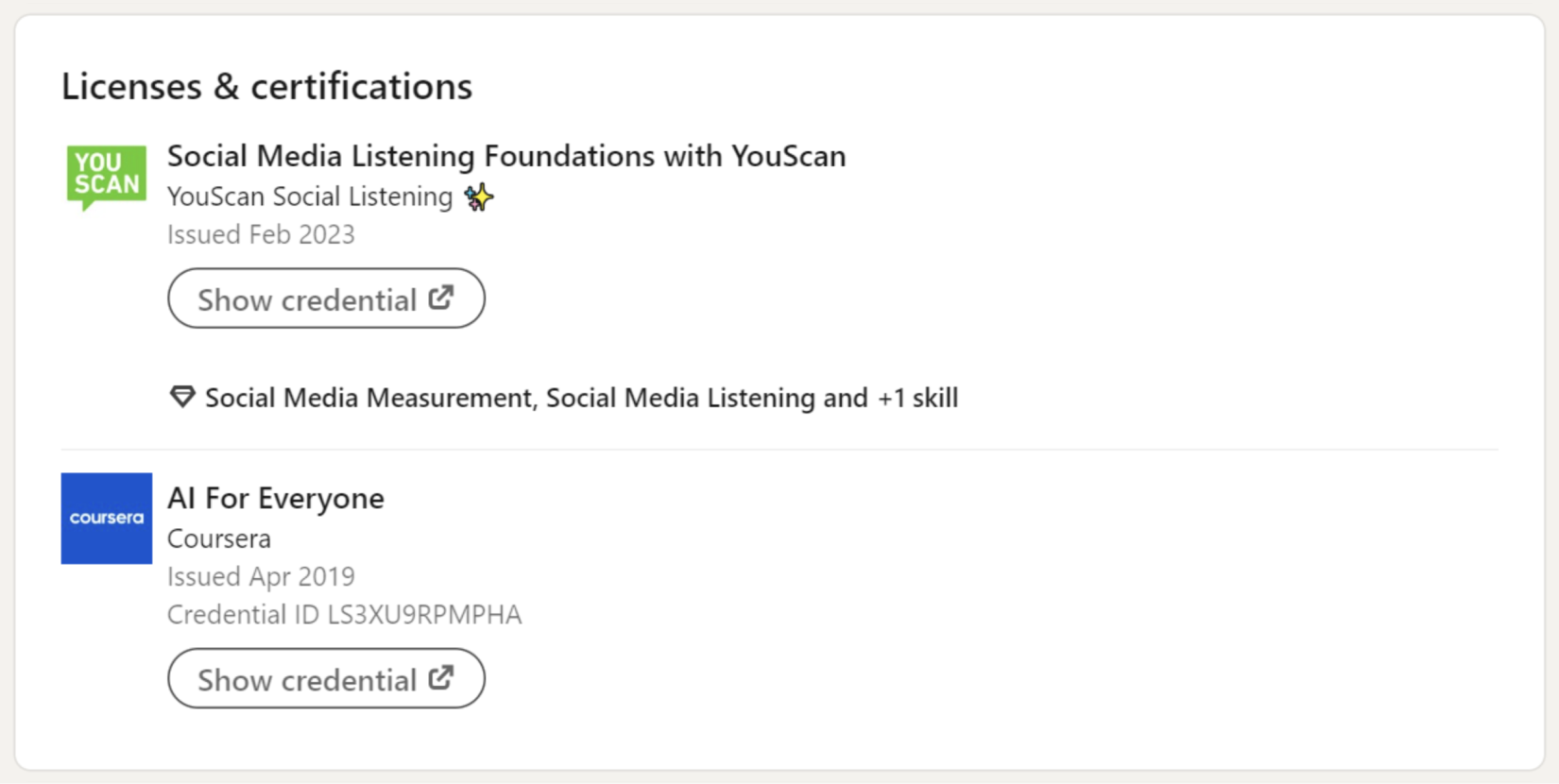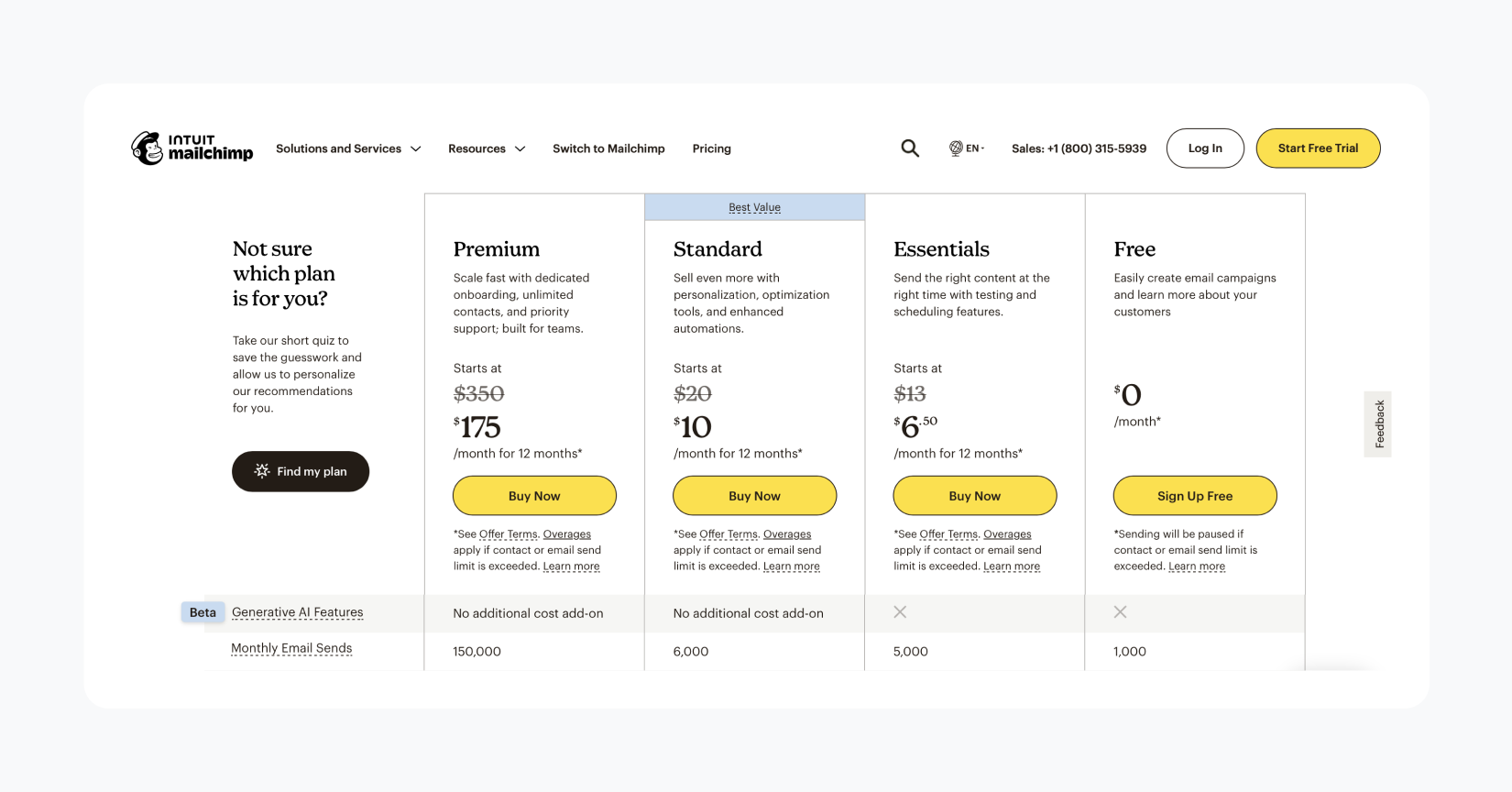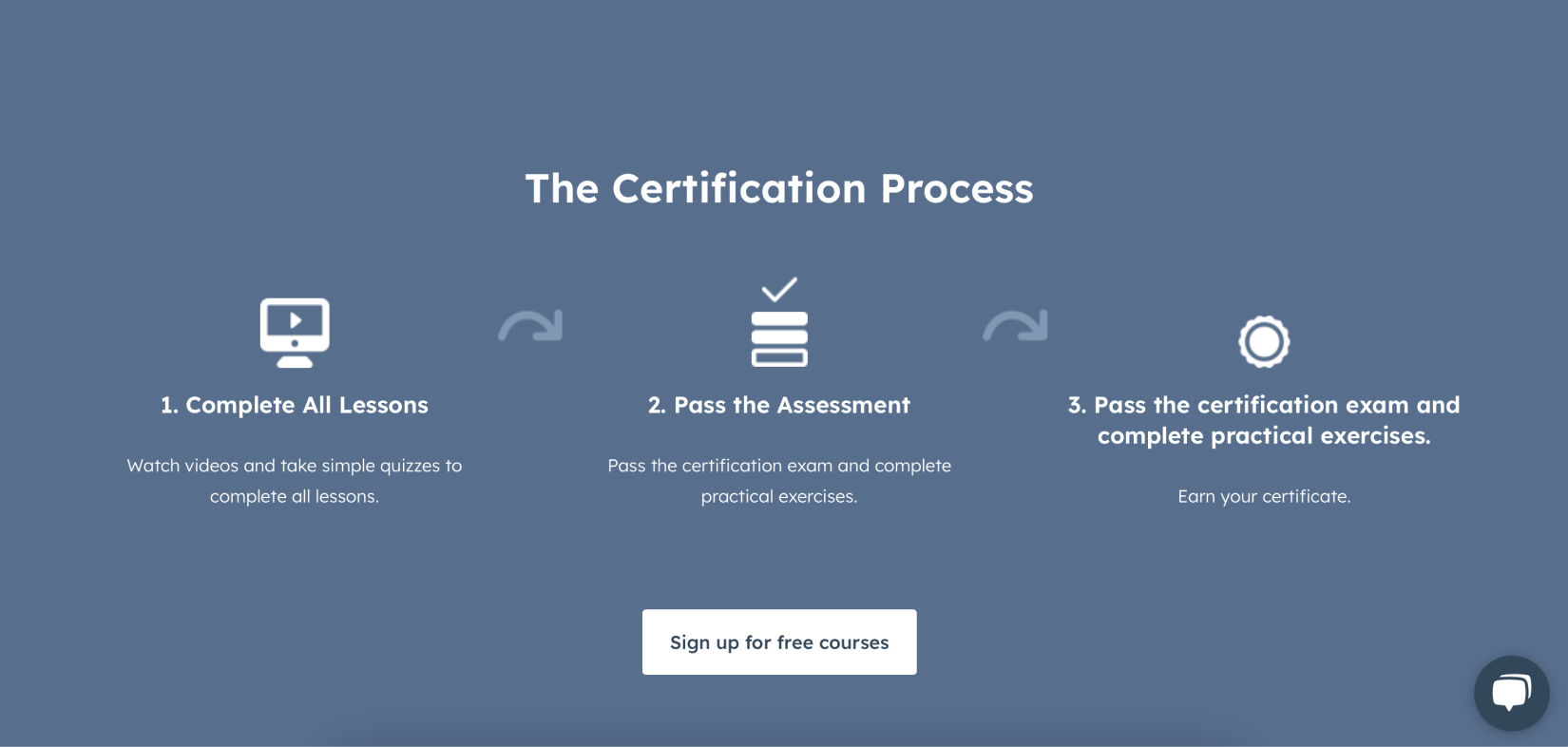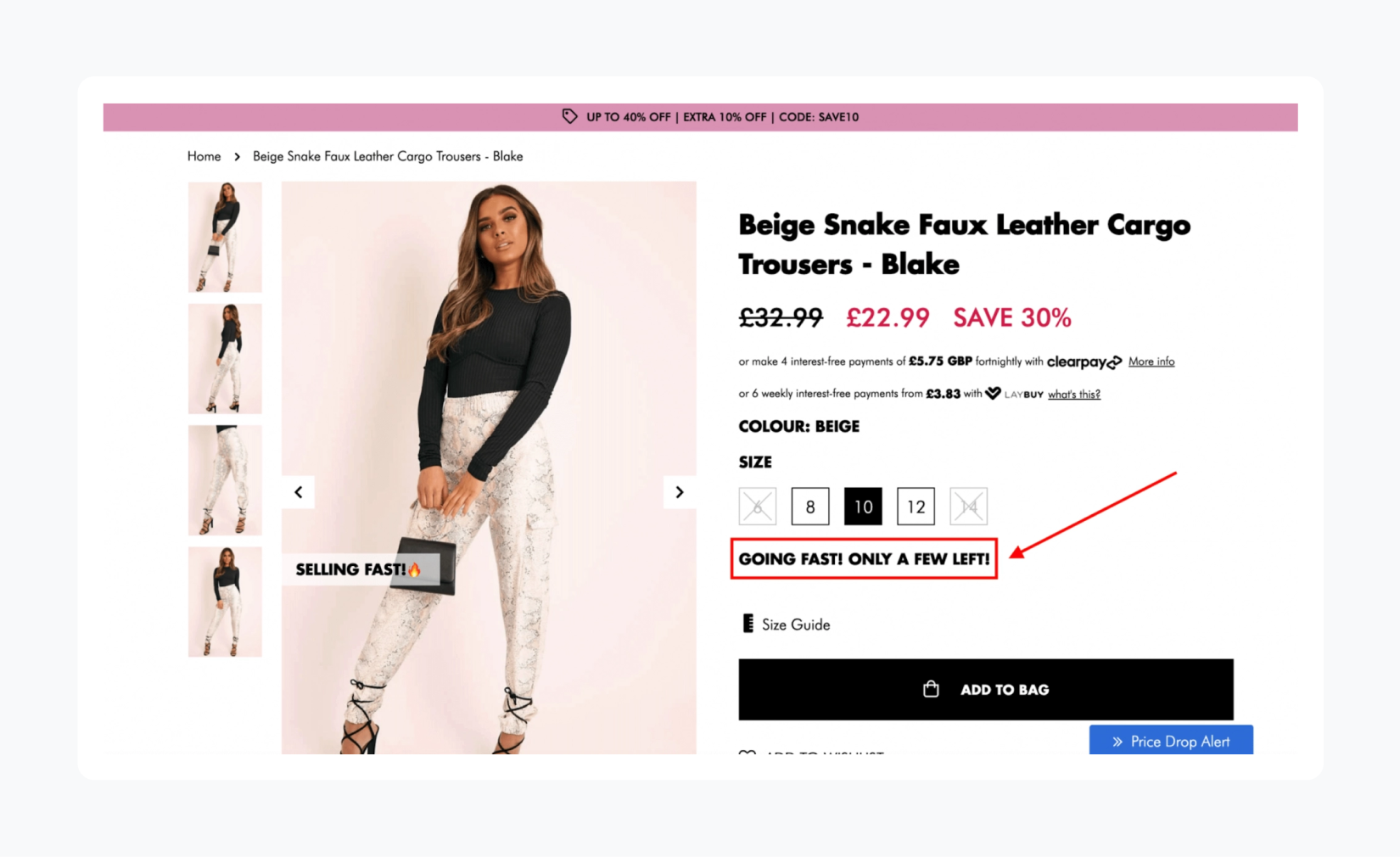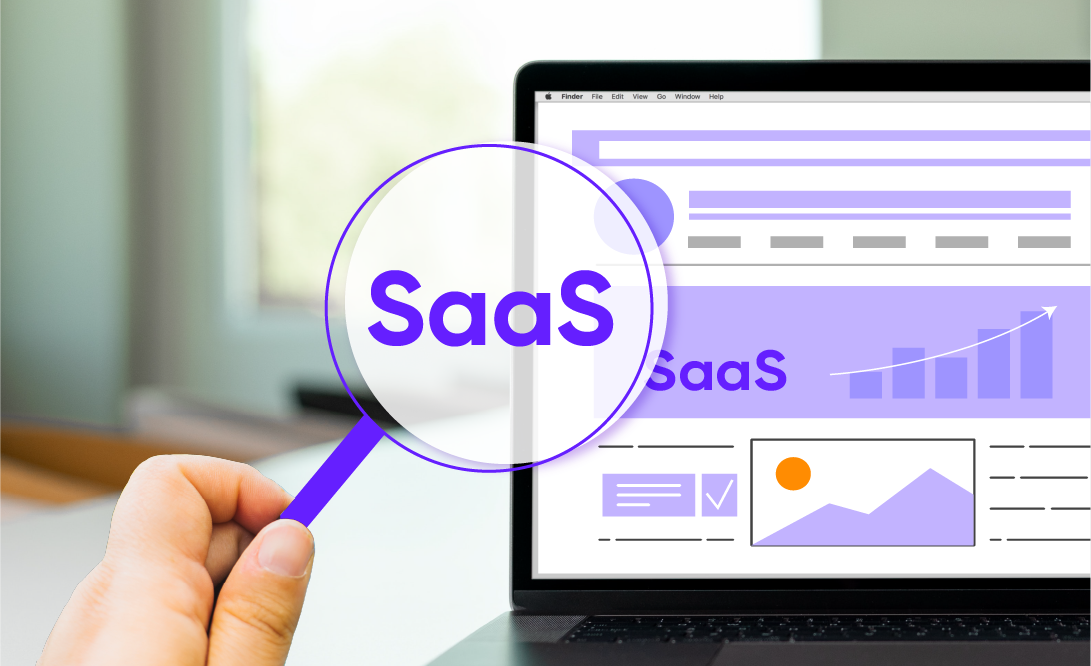By 2030, the gamification market is expected to grow by 27.99% and reach a whopping $123.87 billion. Yet, why has gamification become a common trend in SaaS UX/UI design and areas like education, sales and marketing, and business? Game-like activities trigger our reward brain circuit and create an engaging experience. How do you introduce such elements to SaaS apps? I’m glad you asked.
In this article, we will explore some of the most powerful SaaS gamification techniques to help you grow your product, as well as retain and engage your users.

